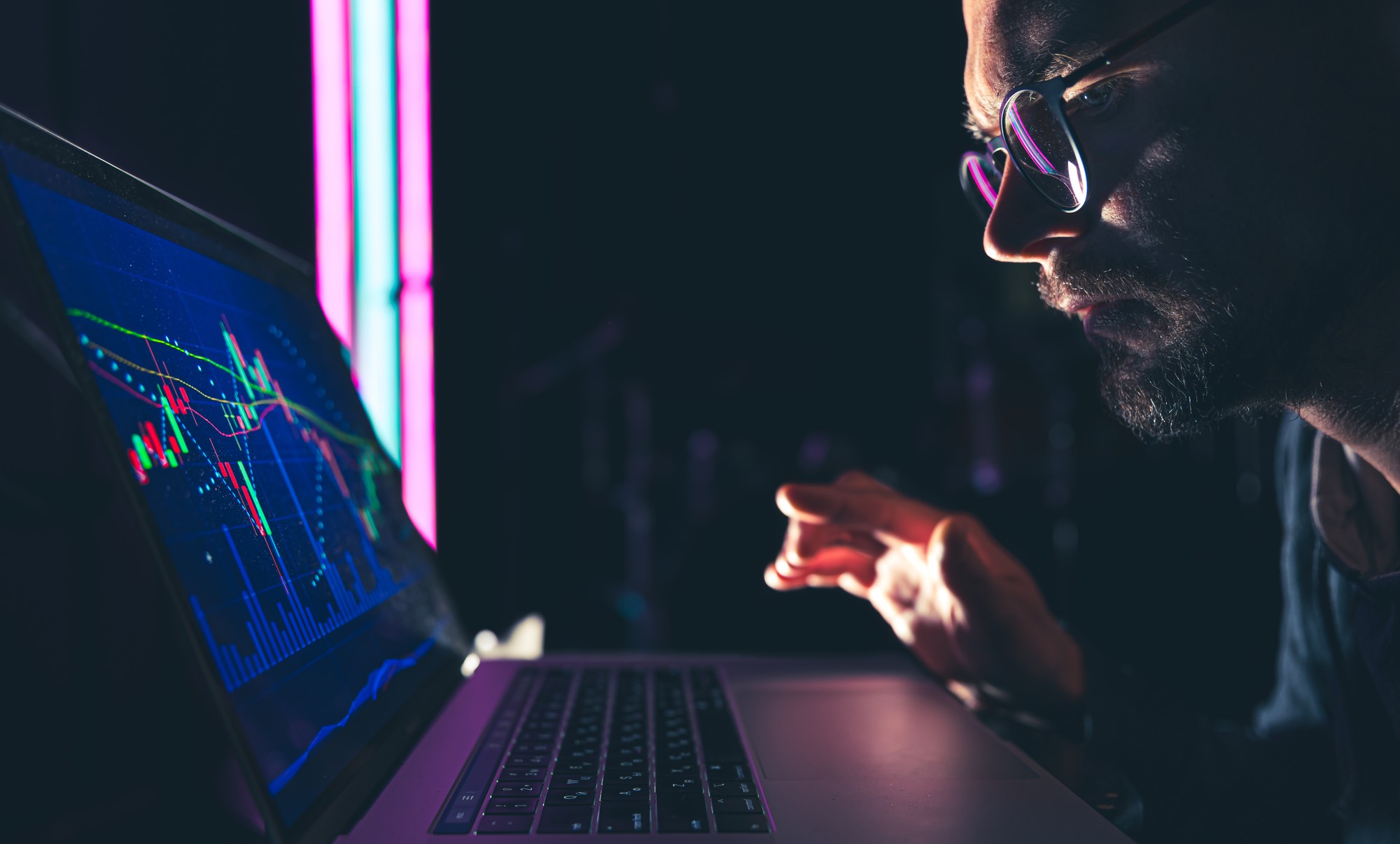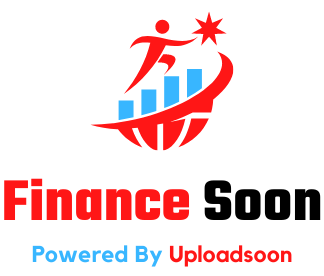
[web_stories title=”false” excerpt=”false” author=”false” date=”false” archive_link=”true” archive_link_label=”” circle_size=”150″ sharp_corners=”false” image_alignment=”left” number_of_columns=”1″ number_of_stories=”5″ order=”DESC” orderby=”post_title” view=”circles” /]
With a stock index futures contract, two parties agree on the value of the underlying index at a certain date in the future. For example, the March futures on the Standard & Poor’s 500 Index show the expected value of that index at the end of business on the third Friday in March.
It’s a zero-sum game, just like any other derivative, because one person buys the futures market, and the other sells it. The person who loses must pay the person who wins the difference between the agreed-upon index futures price and the value of the index at the end of the contract. But many futures contracts are closed a long time before they end.
Index Futures Fair Value
Index futures are similar to the index they are based on but are not the same. Unlike an investor who buys the stocks that make up the index or a marketplace fund that tracks the index, an investor in index futures doesn’t receive (if long) or owe dividend payments on the stocks in the index.
At expiration, the price of an index futures contract must be equal to the value of the index it is based on. At all other times, the futures price has a fair value based on the index. This fair value is called the basis.
The difference in financing costs between the futures markets and the stocks that make up the index are reflected in the basis. When rates are low, the earnings adjustment is more important than the cost of financing. This means that the fair value of index futures is usually less than the value of the index.
Index Futures Arbitrage
Index futures may have a fair value, but that doesn’t mean they trade at that price. Index futures are used by market participants for various reasons, such as hedging, adjusting investment strategy through index futures overlay initiatives or transition management, or speculating on the market’s direction.
Index futures are much more liquid than the market for the index’s parts, so investors who want to change their exposure to equities quickly trade index futures even when the price isn’t fair.
When the price of index futures moves away from what it should be worth, this is called index arbitrage. The fair value of the index is calculated in real-time by the major banks and equities houses using computer models that monitor the ex-dividend schedule for the index components and take into account the firms’ borrowing costs.
As soon as the price premium or discount to the fair value of the index futures covers their transaction costs and a small net profit, the computers step in and sell the index futures and buy the underlying stocks, depending on whether the futures are trading at a premium or a discount.
Index Futures Trading Times
Index arbitrage maintains the price of index futures close to what it should be, but only if both index futures and the stocks that make up the index are traded simultaneously. The U.S. stock market begins at 9:30 a.m. EST and needs to close at 4 p.m. EST, but index futures trade around the clock on platforms like CME Group’s Globex, an algorithmic trading system.
When the stock market is closed, index arbitrage players can’t do their business, which makes index futures less liquid. If the futures price starts to move around, they can’t buy or sell index futures to protect themselves by buying or selling the stocks that make up the index. But there are still people trading on the market.
Index Futures Show the Opening Direction
Let’s say that overnight, good news comes from abroad, like a central bank lowering interest rates or a country’s GDP growing faster than expected. The local stock markets will likely increase, and shareholders may also expect the U.S. market to do better. Buying index futures will make the price go up.
And since index arbitrageurs aren’t buying, nobody will stop people from buying until the U.S. stock market opens, even if the futures price is higher than it should be. As soon as The New York Stock Exchange begins, the index arbitrageurs will buy the component stocks and sell the index futures to get the index futures price back into line.
But investors can’t just look at whether the futures contract is above or below what it was at the end of the day before. The dividend changes to the fair value of index futures change overnight. No matter what the previous close was, the market direction is shown by how index futures price compares to fair value.
In the Short-Range
Index futures prices are often a good sign of how the market will move when it opens, but this signal only works for a short time. When the opening bell rings on Wall Street, trading is often very volatile, making up a large part of the total trading volume.
If a big institutional investor buys or sells a lot of stocks, the market impact can be bigger than the price movement of the index futures. Institutional traders keep an eye on futures prices, but the direction signal from index futures becomes less important as the size of the orders they have to fill grows.
Index arbitrage can also be messed up by stores opening late, even though most trading on the NYSE starts at 9:30 a.m. ET, not all stocks begin trading at the same time. For some stocks, the opening price is decided by auction. If the bids and offers don’t match up, the stock stays closed until orders that do match up come in.
Index arbitrage players won’t get involved until they can make both sides of their trades. This means that the largest stocks in an index must have opened if not all of them. The lengthier index arbitrageurs stay out of the market, the more likely it is that something else will change the direction signal from index futures.
Conclusion
If the S&P 500 Index futures go up when the market is closed, it could mean that the stock market will go up when it opens. If that happens, investors who want to sell that day might wish to wait until the market goes up before putting in their order. When index futures show that the market will open lower, purchasers may also prefer to wait. Index futures can usually tell you how the market will move when it opens, but even the best seers are sometimes wrong.

Leave a Reply